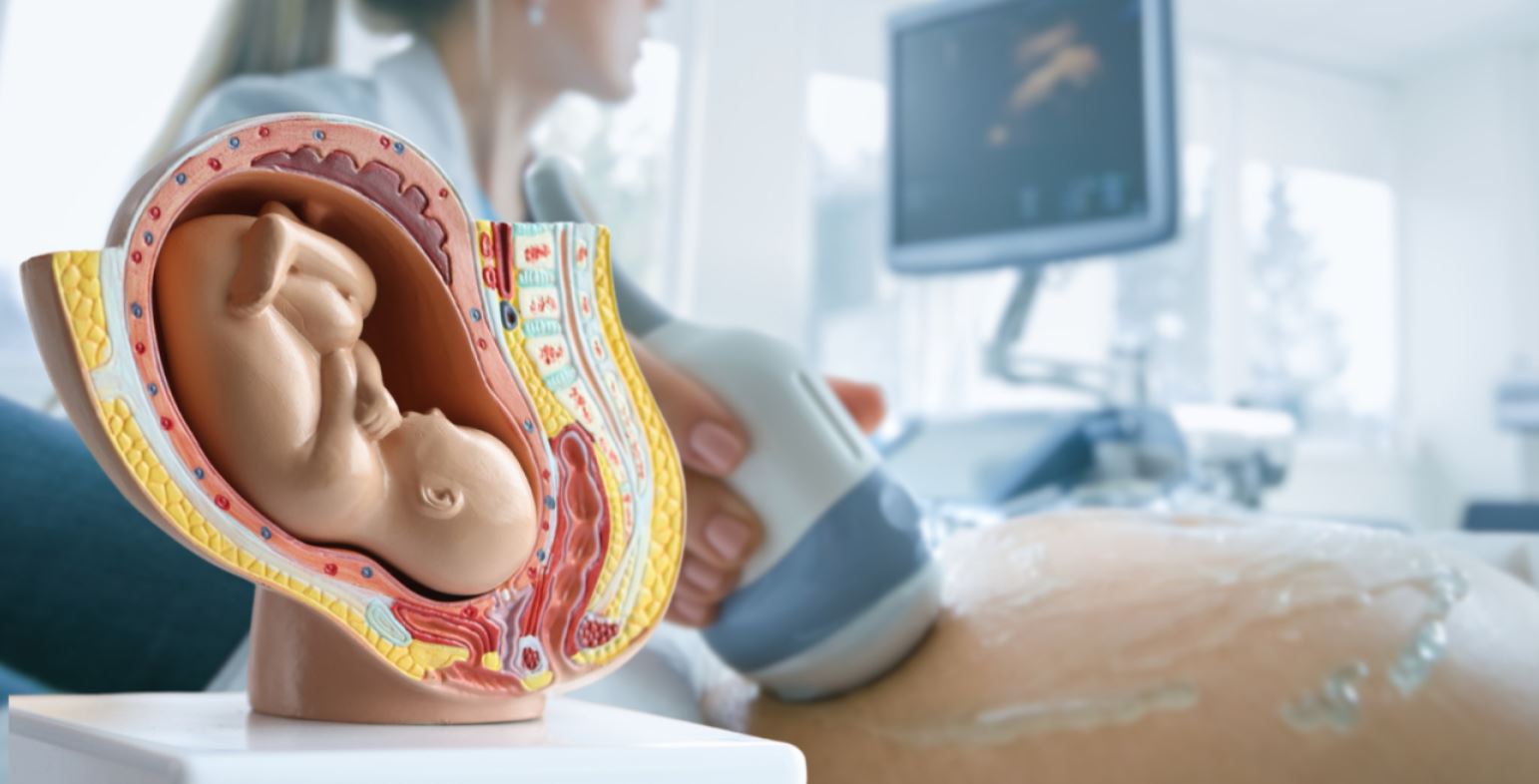
Cervical Cerclage (for preventing preterm birth)
Cervical cerclage is a surgical procedure performed during pregnancy to help prevent preterm birth or miscarriage in women at risk of cervical incompetence. At SHIFAA PAN African Hospitals, our obstetricians offer cervical cerclage as a preventive measure for women with a history of preterm birth or cervical insufficiency, aiming to provide support to the cervix and reduce the risk of premature delivery.
Procedure:
Cervical cerclage involves placing stitches (sutures) around the cervix to provide structural support and reinforce its strength, thereby preventing it from opening prematurely. The procedure is typically performed under spinal or general anesthesia and can be done transvaginally (through the vagina) or transabdominally (through the abdomen), depending on individual patient factors and cervical characteristics.
Indications:
Cervical cerclage may be recommended for women with certain risk factors for preterm birth or cervical insufficiency, including:
- Previous preterm birth
- History of second-trimester pregnancy loss due to cervical insufficiency
- Shortened cervical length detected on ultrasound
- Cervical dilation or effacement in the second trimester without contractions
- Structural abnormalities of the cervix
Types of Cerclage:
There are several types of cervical cerclage procedures, including:
- McDonald cerclage: A simple procedure in which sutures are placed around the cervix at the level of the internal os and tightened to close the cervix.
- Shirodkar cerclage: A more permanent cerclage technique that involves placing sutures deeper within the cervix and securing them to the cervix’s outer surface.
- Transabdominal cerclage: A less common procedure performed through an abdominal incision, usually reserved for women with a history of failed transvaginal cerclage or cervical anomalies.
Aftercare:
After cervical cerclage placement, patients may be advised to avoid heavy lifting, sexual intercourse, and strenuous activities to reduce the risk of complications such as cervical injury or premature labor. Regular prenatal monitoring, including cervical length assessment and fetal monitoring, is essential to monitor for signs of cervical change or preterm labor.
Who is a candidate for cervical cerclage?
Women with a history of preterm birth, cervical insufficiency, or short cervical length may be candidates for cervical cerclage to help prevent preterm labor and miscarriage.
When is cervical cerclage typically performed during pregnancy?
Cervical cerclage is usually performed between 12 and 16 weeks of gestation, although it can be done earlier in some cases based on individual risk factors and cervical findings.
How is cervical cerclage performed?
Cervical cerclage can be done transvaginally or transabdominally under anesthesia. The procedure involves placing stitches around the cervix to provide support and prevent it from opening prematurely.
Q: What precautions should I take after cervical cerclage placement?
After cervical cerclage, you may be advised to avoid strenuous activities, sexual intercourse, and heavy lifting to reduce the risk of complications. Regular prenatal monitoring is essential to monitor cervical length and fetal well-being.
Can cervical cerclage guarantee a full-term pregnancy?
While cervical cerclage can help reduce the risk of preterm birth, it does not guarantee a full-term pregnancy. Close monitoring and adherence to your healthcare provider’s recommendations are essential for the best possible outcomes.
Gynaecology And Obstetrics Procedures
- Cervical Cerclage (for preventing preterm birth)
- Cesarean Section (C-section)
- Contraceptive Counseling and Procedures
- Delivery Management
- Egg Freezing
- Endometrial Biopsy
- Fetal Monitoring
- Gynecologic Cancer Surgery
- Hysterectomy
- Hysteroscopy
- In Vitro Fertilization (IVF)
- Intrauterine Insemination (IUI)
- Laparoscopy
- Myomectomy (Uterine Fibroid Removal)
- Ovarian Cystectomy
- Pap Smear
- Pelvic Floor Reconstruction
- Postpartum Care
- Surgery for Gynecologic Cancers
- Treatment for Menopausal Symptoms
- Tubal Ligation
- Tubal Reversal Surgery
- Vaginal Delivery




